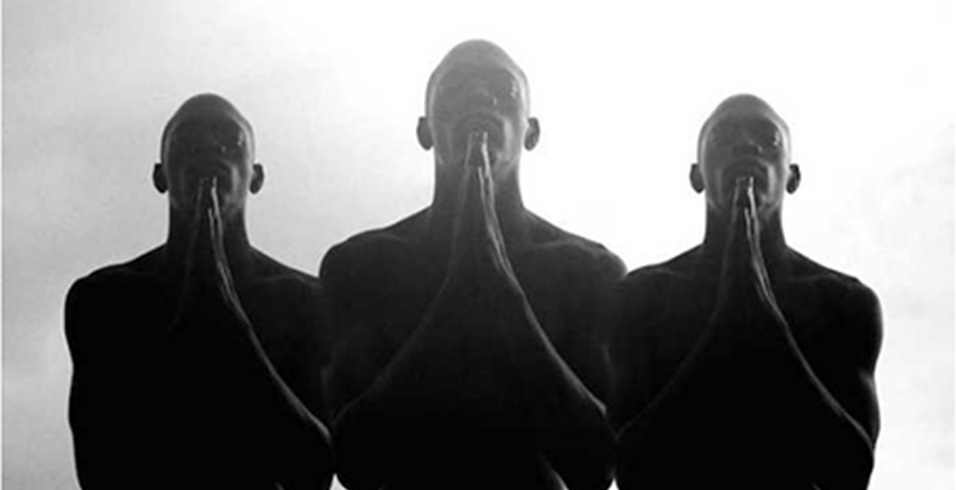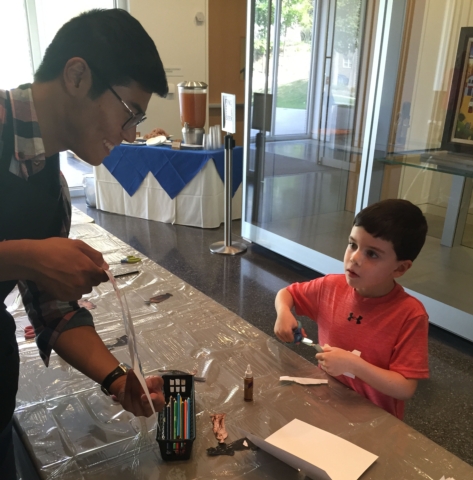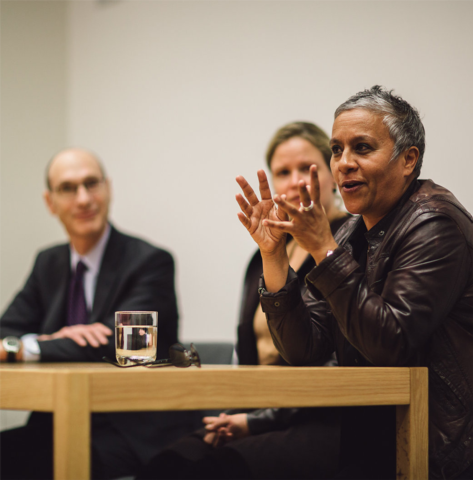
The Western notion of time is progressive; it always marches, in a linear fashion, forward. In a new exhibition, seven African artists explore how the notion of time can be organized and perceived differently. On view concurrently at the Wellin Museum of Art, Los Angeles County Museum of Art, and the Smithsonian National Museum of African Art (NMAfA), Senses of Time, offers many perspectives on how time is structured and experienced by the African body.
The nine artworks mounted in the show— by artists Yinka Shonibare, Sammy Baloji, Berni Searle, Jim Chuchu, and others— explores time in relationship to colonialism, politics, local economies, and personal identities.
“The co-curators wanted to highlight the essential role of time as a central aesthetic and intellectual strategy in film and video or ‘time-based arts,’” explains NMAfA’s Karen Milbourne, who co-curated the exhibition with LACMA’s Polly Nooter Roberts. “The selected artists, who represent a range of backgrounds in terms of geography, age and gender, have challenged the notion of time as purely progressive by using looping, slow motion, fast paced cuts, and other techniques to highlight the tensions between the experience of time as personal, bodily, generational, social, political, and technical.”
Through layering, looping, sequencing, repetition, and narration, the works in the exhibition play with the ideas of how Africa is both timeless and situated contemporarily. “The artists defy a Western notion that time must remove relentlessly forward just as they resist any stereotype that time stands still in Africa, and offer alternative and generative senses of temporality as experienced by and through the body,” notes Roberts. This is seen in Bernie Seale’s video A Matter of Time and About to Forget. Seale uses water to mark the passing of time in generational loss and the exploration of personal identity.
Yinka Shonibare’s Un Ballo in Maschera uses a circular approach, connecting the past and present to reveal similarities between the times. His film is a “moving tableau,” inspired by Giuseppe Verdi’s 1859 opera about the assassination of the Swedish King Gustav III at a masquerade in Stockholm in 1792. In Shonibare’s reinterpretation, the Swedish court assembles in vibrant African prints and masks, ballroom dancing before witnessing the king being killed. Shonibare replays the scene—slowing it down, changing perspectives, zooming in. As the 32-minute looping scene changes the way the event is experienced with each take, it alludes to colonial rule and how history often repeats itself. Un Ballo in Maschera subtly challenges the notion that things get better with time.
Sue Williamson’s There’s Something I Must Tell You is a multi-generational documentary that traces the political history of women activists involved in the anti-apartheid movement in South Africa. The six women tell their “Born Free” granddaughters how their activism captures a moment, preserving time as historicized. The oral history videos archive how these South African women should be remembered as having played an important role in ending apartheid.
The director of the Wellin Museum, Tracy Adler, says that the exhibition defies stereotypes about African art. “The artists are a very international group of artists, many of whom are world-renowned,” explains Adler. “The misconception that African art is traditional only or not necessarily in sync with the contemporary art world is a falsehood.” She says, “The works in the show, dating from the last 15 years, show that video and time-based art is very much alive and well in Africa and has been so for decades.”
Senses of Time continues through December 11.







